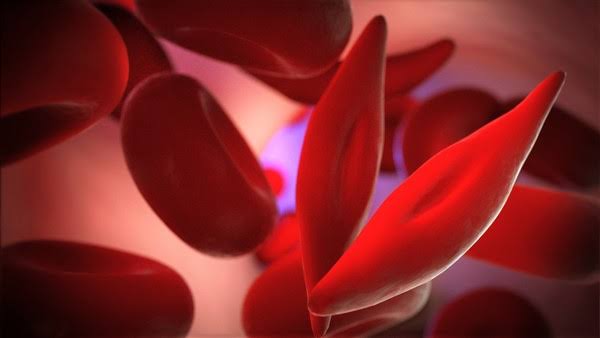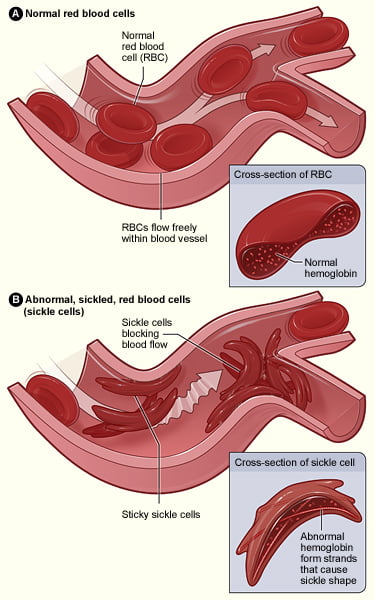World Sickle Cell Day is celebrated on the 19th of June every year. This year the Sickle Cell Society is observing 41 years of working for the sickle cell community. It is recognized by the United Nations to raise awareness of sickle cell at an international level.
Sickle Cell Diseases are a group of disorders that cause red blood cells to become unstable and break down. With sickle cell disease red blood cells contort into a sickle shape. The cells die early, causing a shortage of healthy red blood cells (sickle cell anemia) or block blood flow causing pain (sickle cell crisis). Infections, pain and fatigue are common symptoms of sickle cell disease. Treatments include medication, blood transfusions and rarely a bone-marrow transplant.
People with sickle cell disease often have a low number of healthy red blood cells, or anemia. Signs of anemia include the following.
- Paleness.
- Tiredness.
- Dizziness.
- Being short of breath.
- Feeling lightheaded.
- Being irritable.
- Trouble paying attention.
- Irregular heartbeat.
Sickle cell anemia requires the inheritance of two sickle cell genes, one from each parent. Sickle cell trait, which is the inheritance of one sickle gene, rarely causes any problems.
The sickle gene is widespread among many tribal population groups across India. Co-inheritance of the sickle gene with β-thalassaemia, HbD Punjab and glucose-6-phosphate dehydrogenase (G6PD) deficiency has also been reported in NCBI .
(Feature image source: Genetics Home Reference)


